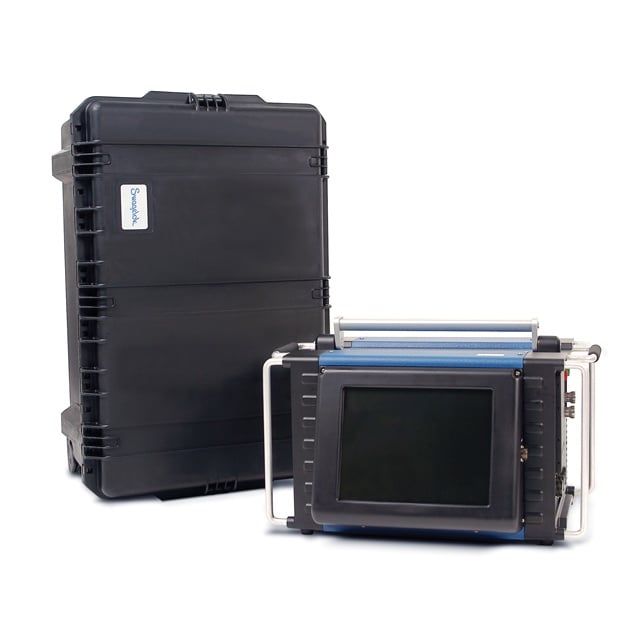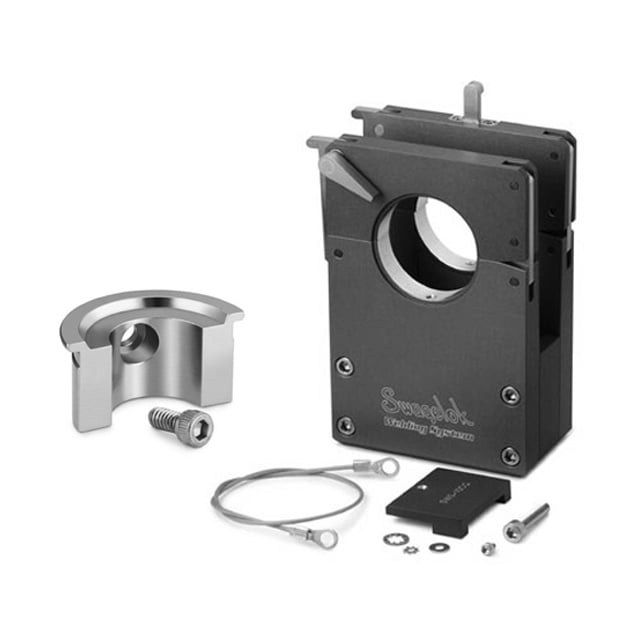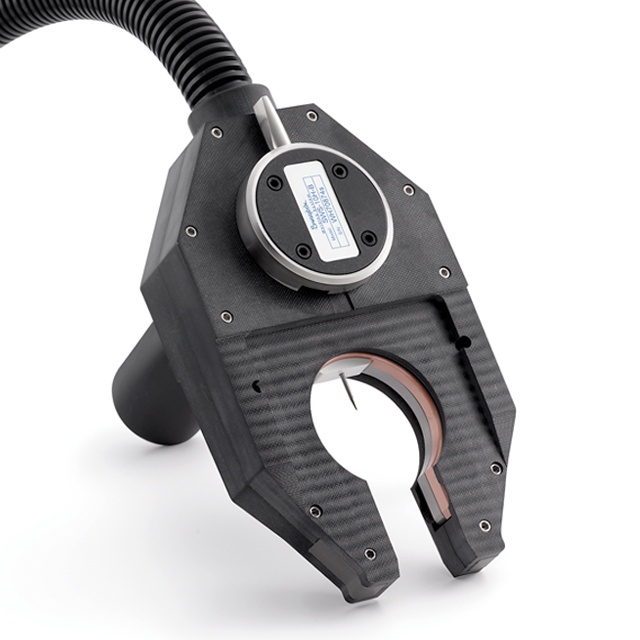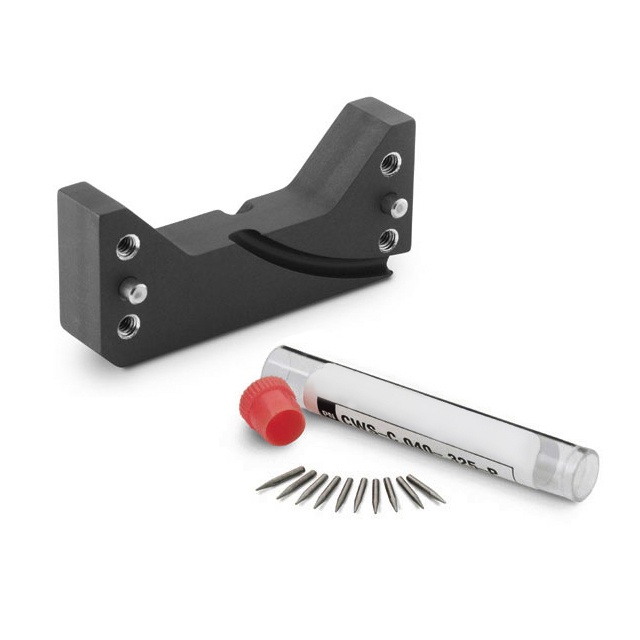Orbital welding offers continuous and consistent superior weld quality that doesn’t require rework, unlike in manual welding. Due to the increasing demand for sophisticated project requirements, the semiconductor industry is in desperate need of veteran welders with orbital training to supervise an automated machine to do their job with minimum intervention. Receiving orbital welding training tips from a leading equipment supplier helps aspiring welders achieve better weld control and prepares them for any on-field welding challenge.
This guide will discuss the necessity of orbital welding for the semiconductor industry and its operational, environmental and economical benefits over manual welding. It will also help semiconductor original equipment manufacturers (OEMs) understand the importance and benefits of signing up for a customized training program run by a top equipment manufacturer.
The Need for Orbital Welding in Semiconductor Manufacturing
Semiconductors are small in size yet house mini power stations to control large assemblies. This tremendous processing capability demands precise silicon deposition on the chip under minimal thermal stress conditions. To meet this demand, manufacturers make use of pure supply gas to successfully introduce dopants into the various layers of the semiconductor. However, such gases, in their purest form, are highly flammable and corrosive. The OEMs, therefore, require a highly sealed network of gas pipelines to transport flammable gases without any contamination. This is where orbital welding comes in.
The facility makes use of miles of stainless steel process lines for delivering high-purity gas. Orbital GTAW welding incorporates a 360-degree rotating welding arc to achieve a high degree of weld integrity. The joints are enclosed with weld heads for excellent gas coverage minus any chance of oxidation.
When Are Orbital Welding Skills Valuable for Operators?
The orbital welding process is extremely helpful for operators when:
Avoiding Environmental Contamination is Important
Preventing environmental contamination is highly essential for the semiconductor industry. For such a critical system:
- Welding failures are not acceptable
- Protection from high level of corrosion is paramount
- Welding workpiece enclosure is a concern
- Environmental contamination of gas/fluid transmitted is not acceptable
A few examples of critical systems are aerospace, pharmaceutical, FMCG, nuclear, and off-shore application industries. Aspiring welders willing to mark a strong position in such industries would require a good application knowledge of orbital welding as it offers a relatively stronger protection against environmental contamination, unlike manual welding.
Manual TIG Welding Fails to Meet Required Standards
Orbital welding is preferable over manual TIG welding when the job involves complicated repetitive welding of the workpiece from different angles. Operators achieve consistency and avoid costly reworks with orbital welding.
Saving Time and Resources on Rework is Essential
Orbital welding is a fully automated process, except for some initial manual setup. This method avoids breaking electrode tips, job contamination, or tungsten loss. Thus, it is extremely helpful for producing a large number of quality welds while successfully avoiding time taking costly reworks.
The Job Involves Risk to Workplace Safety
Welding hexagonal chromium steel releases toxic fumes that are known to cause autoimmune diseases and cancer. Orbital welding minimizes the risk of exposure as the welder performs the job from a safe distance supported by video transmission, ensuring improved workplace safety. It also minimizes the risk of other hazards owing to restricted space, lack of visibility, and the presence of UV radiation.
What To Expect From an Orbital Welding Training Program
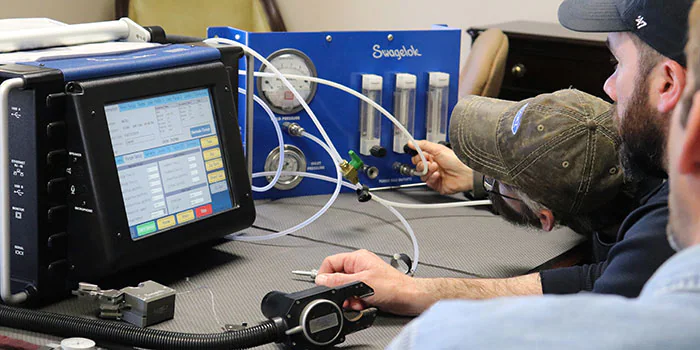
Orbital welding involves a costly setup. Though it does most of the job on automation, it requires a skilled operator to avoid costly reworks. For this reason, there is a huge demand for good orbital welding training programs in the market.
List of topics you should expect the program to prepare you for:
- Basic welding theory
- Orbital welding fundamentals
- Setup and operate orbital equipment
- Weld accept/reject criteria
- Troubleshoot welding problems
Orbital Welding Training Tips: How To Get the Most Out of the Process
Here are a few tips to help you reap all the benefits of orbital welding training:
Maintain a Daily Weld Log
Today, orbital welding offers more control over the process. The microprocessor technology can monitor, record, and transfer weld data for statistical analysis. Keeping a daily weld log would help welders keep full traceability of the material and procedures used for the construction of the semiconductor system. In the event of any problem, such as contamination, the log offers an easy way to trace the root cause with ease.
Schedule and Perform Regular Inspections
Proper care and daily maintenance of the orbital system ensure its smooth running in the long run. Following a routine maintenance checklist helps operators catch and correct any minor issue before it permanently damages a critical system. The daily checklist must include the following routine checkups:
- Clean the weld head and the weld head rotor of any carbon dust or build up with denatured alcohol
- Wipe the power supplies externally of any dirt or grime
- Signs of any wear should be logged into a maintenance record
- There should be no binding or tension in electrical gas line connections
- The weld head should move freely around the pipe or tube
- Coolant lines should be free of any leaks
- The machine is well set up in accordance with the desired weld parameters
Replace the Tungsten Electrode On Time
The tungsten electrode is a critical piece of an orbital weld system. The frequency of its replacement depends on a lot of factors such as wall thickness, tube diameter, quality of inert gas shield, and many other parameters. It can fail in a single weld or can continue to run for many cycles. When an electrode fails, the edges do not join but appear to roll back from the weld cycle. A bad weld can potentially ruin the components that can run into hundreds of dollars. The operator should replace the electrode before it reaches the end of its duty cycle. Here are a few tips to acknowledge the need for replacement in advance.
- Look for any sign of discoloration before using the electrode.
- Check if the tip has any deformation or is shortened.
- The arc gap should be consistent since the setup.
- The arc should not make any sharp snap, more like a hiss.
The Importance of Orbital Welding Training With Top-Quality Equipment
There is a bigger welder shortage coming. The American Welding Society predicts the industry will face a shortage of about 40,0000 welders by 2024. Orbital welding could help bridge the gap by opening up the trade to people who might not otherwise be able to do it. Though you may find a number of options to choose from, going for orbital welding training by top equipment manufacturers makes more sense now than ever.
Top orbital welding equipment manufacturers have strong expertise within the subject matter that enables them to produce user-friendly designs. Thus, their training programs assure you are receiving valuable orbital welding training tips from industry experts. Moreover, training under a globally recognized equipment manufacturer makes you a golden asset for its clients all over the world.
Customized Swagelok® M200 Orbital Weld System Training Course for Semiconductor Welders in Northern California
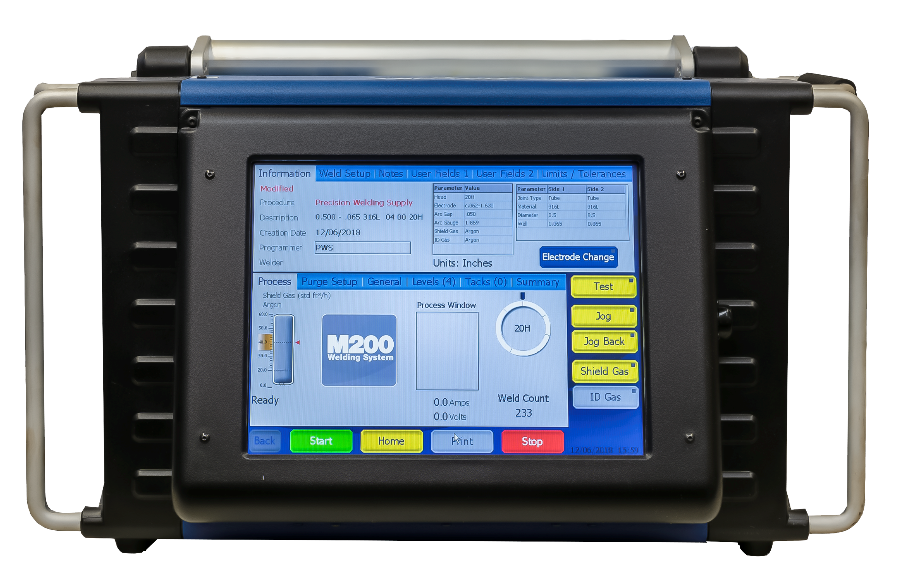
Swagelok has been designing high-quality fluid system products since 1947. From the exploration of Mars to everyday plant operation, Swagelok has marked its business footprint into almost every fluid-sensitive industry with 20 manufacturing centers coupled with 225 service centers spanned across 70 countries. To fill the gap for skilled orbital welders in designing critical fluid systems, Swagelok also offers a five-day intense orbital welding (GTAW) course for skilled and novice welders.
Participants will learn how to produce precise and consistent welds using the Swagelok® M200 welding system. The training program focuses on operational issues and gives welders enough hands-on experience to build a solid understanding of base-level skills. The course covers all critical aspects of orbital welding that skilled welders would need years to master.
Local Orbital Welding Training in Northern California
Semiconductor OEMs in Northern California, especially, benefit from Swagelok’s orbital welding training as local training is more cost-effective. They save costs related to lodging, boarding, travel, and catering.
While companies save a huge cash flow, employees save valuable time that could be spent learning. Training in the local area can reduce your employee's time associated with adjusting to a new place. As the program fits your employee's routine lifestyle, it results in improved employee morale.
Swagelok helps you and your employees get the most out of the top orbital welding training for your semiconductor manufacturing needs.
To find out more about how Swagelok Northern California can offer you orbital welding training tips and advice, contact our team today by calling 510-933-6200.




